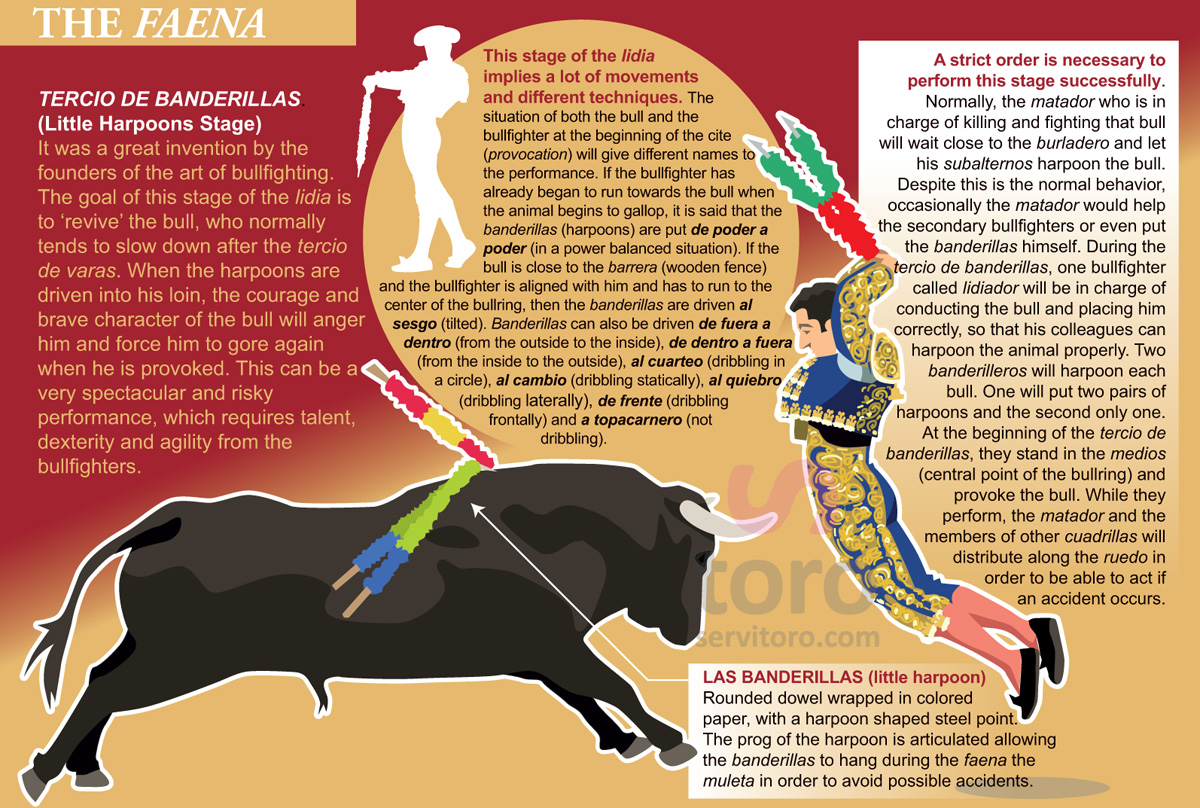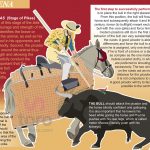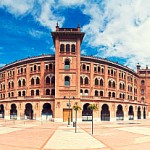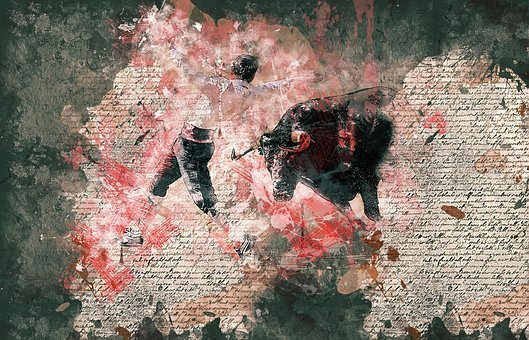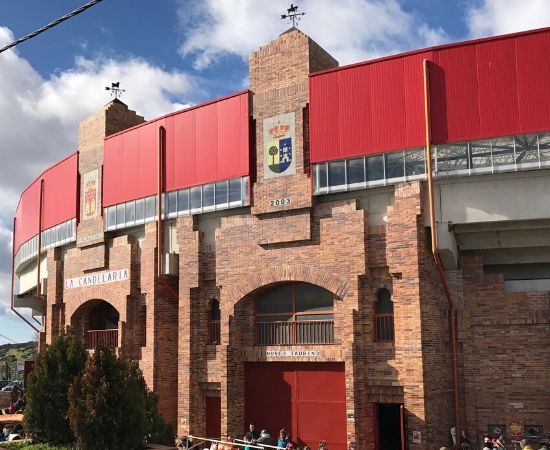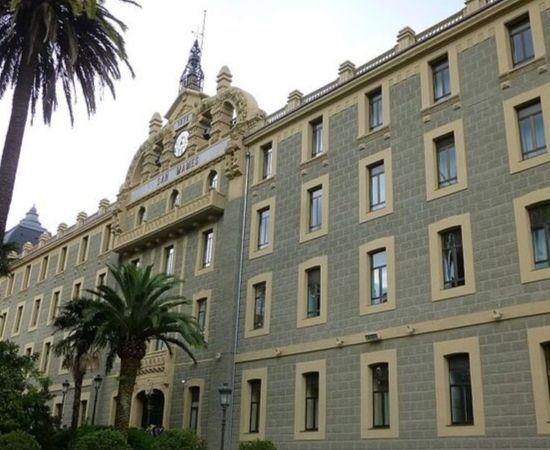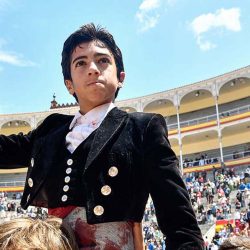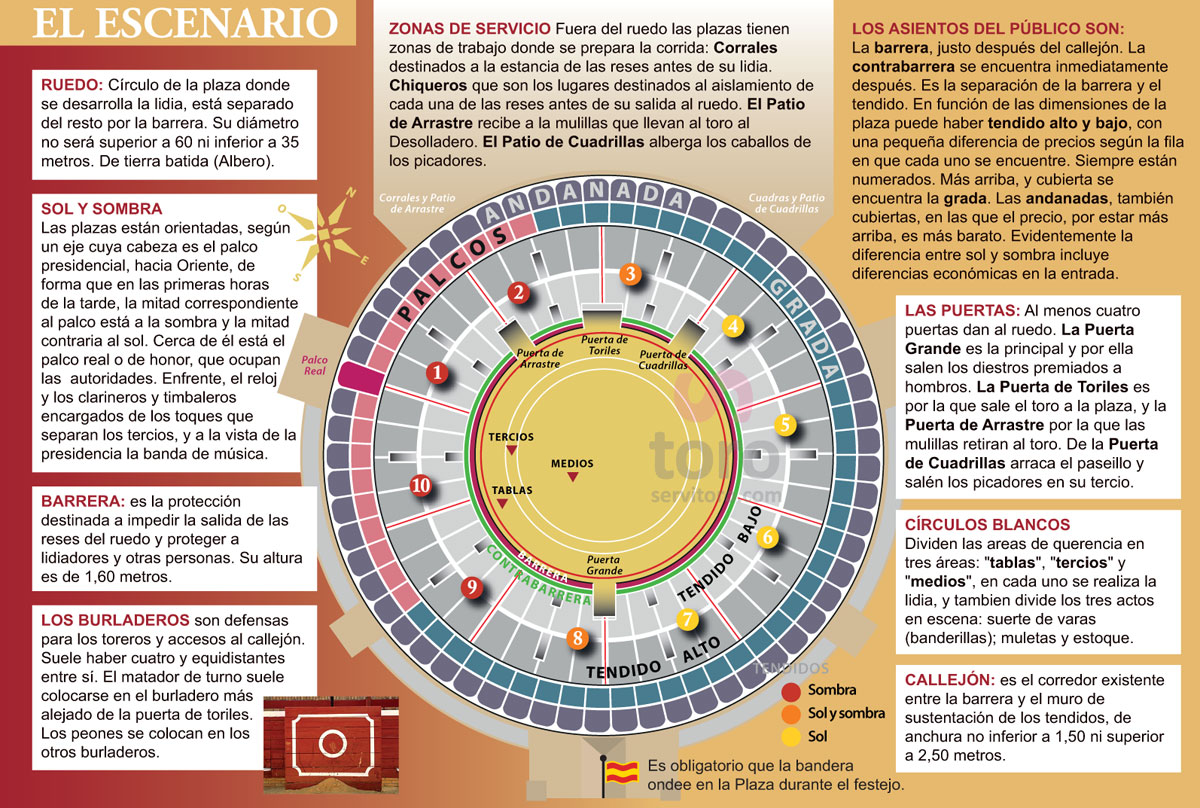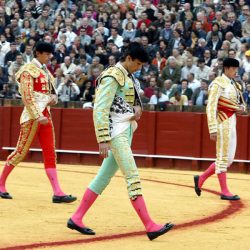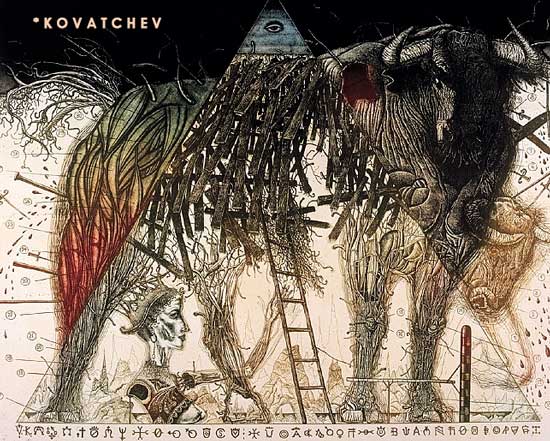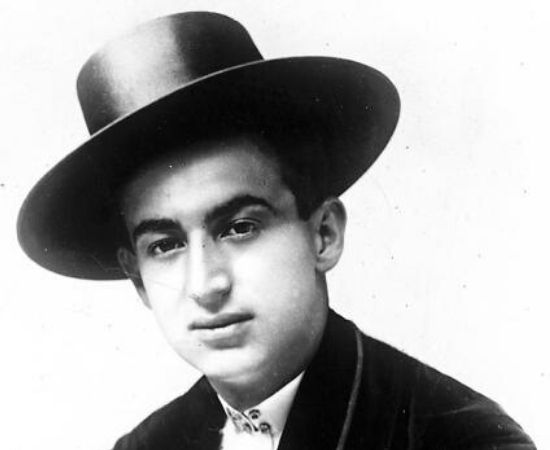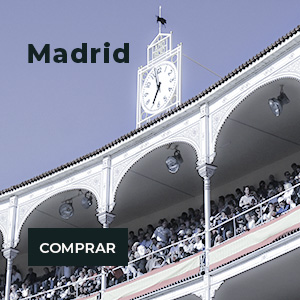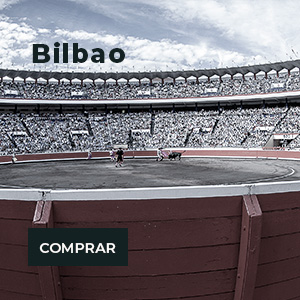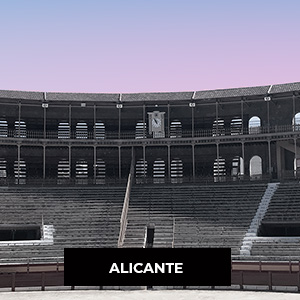The third of ‘banderillas’ is a great invention of the fathers of bullfighting and serves to recover the onslaught of the bull after the fight on the horse
After the third of pikes, arrives a risky, agile, full of grace, dexterity and that, well done, it is very spectacular; the third of ‘banderillas’ (kind of little harpoons). The bull tends to plumb after the long and hard fight with the picadors and, as his caste makes him react to punishment with fierceness, the idea arose of sticking ‘banderillas’ with which instinct made him to charge again.
The ‘banderillas‘, also called sticks, are wooden poles usually adorned with fringes of colored paper with a small harpoon at the tip. This is articulated the ‘banderillas’ hang once nailed to avoid accidents with them during the task. They are used in pairs, so are also called pairs.
It is a very rich part in movements. If when the bullfighter starts his career the bull has been uprooted, they are said to be “from power to power”; if the bull is stuck to the barrier and the bullfighter also and has to start the race on the outside, it is said to be a “al sesgo” (slantwise) pair. According to the way in which they are put, they receive different names: “al cuarteo“, “al cambio“, “al quiebro de frente“…
As in all the parts of bullfighting, there is an order of placement: the bullfighter to whom the bull corresponds is placed next to the ‘burladero’, although he can take charge of the bull’s fight and place it to his ‘banderilleros’ or, if he wishes, to put the ‘banderillas’ himself. The bullfighter is in charge of moving the bull and leaving it placed in the third for his teammates to make the task. The ‘banderilleros’ who have to put the sticks are placed in the media (the first of them will place two pairs, first and third, and the other the second).
Happy week, bullfighting lovers!

